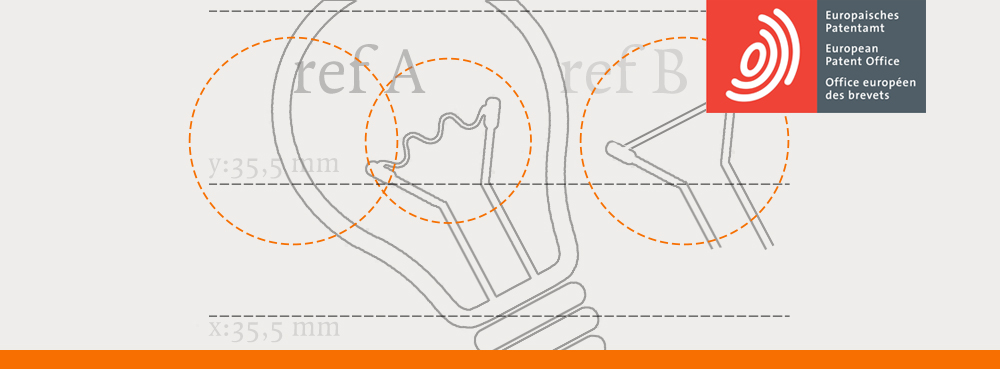G1/15: poisonous priorities put to rest

In an earlier news flash we reported on an order released by the Enlarged Board of Appeal of the EPO which appeared to put the matter of poisonous priorities and toxic divisionals to rest. The full decision has now been published and can be found here.
The basic question pending before the Enlarged Board of Appeal was whether partial priority could be refused for a European patent application encompassing alternative subject-matters in respect of subject-matter disclosed in the priority application. And if so, under which conditions.
Imagine the following situation: a priority application claims and describes an invention including a component A that is round. During the priority year, the invention is developed further and it is found that actually any other shape may also be used for component A. At the end of the priority year, a European application (or a PCT application) is filed describing and claiming the same invention, wherein component A can have any shape. The question is whether the claim in the European patent application is entitled to priority for the part of the claim wherein the shape of component A is round, and so if it is possible for a claim of this type to have two effective dates: when the shape of component A is round the effective date is the priority date, and when the shape of component A is not round the effective date is the filing date.
If this is not possible, then the earlier application can become novelty destroying prior art to the later application. This has become to be known as “poisonous priority”. Applying the same reasoning, a divisional application disclosing subject-matter already disclosed in the priority document could also become novelty destroying prior art to the parent application.
If however two effective dates are to be recognized, then the earlier application cannot become novelty destroying prior art: for component A being round, the earlier priority date is valid, and the prior application is not prior art. For the component having any other shape than round, the earlier priority date is not valid, but the prior application does not disclose any other shape than round and so is not novelty destroying
Two lines of divergent Case Law had developed: according to a first string of decisions, poisonous priority could exist. According to a second string of decisions, partial priority for the claim in the European patent application had to be recognized, and poisonous priority could not occur.
According to the Enlarged Board of Appeal, in assessing whether a subject matter within a generic claim may enjoy partial priority, the first step is to determine the subject matter disclosed in the priority document. The next step is to examine whether the subject matter is encompassed by the claim of the application or patent claiming said priority. If the answer is yes, then the claim is de facto divided into two parts, the first part corresponding to the invention disclosed directly and unambiguously in the priority document, and the second part being the remaining part of the subsequent generic claim not enjoying priority.
According to the Enlarged Board of Appeal, there are no further substantive conditions or limitations for the partial priority to be recognized. This appears to mean that the concept of “poisonous priority” has been put to rest definitively: a priority document or a divisional application that could potentially become prior art under Art. 54(3) EPC cannot be novelty destroying anymore. Whatever subject-matter is disclosed for the first time in the priority document has a right to the priority date and thus has the same effective date as the priority document.

